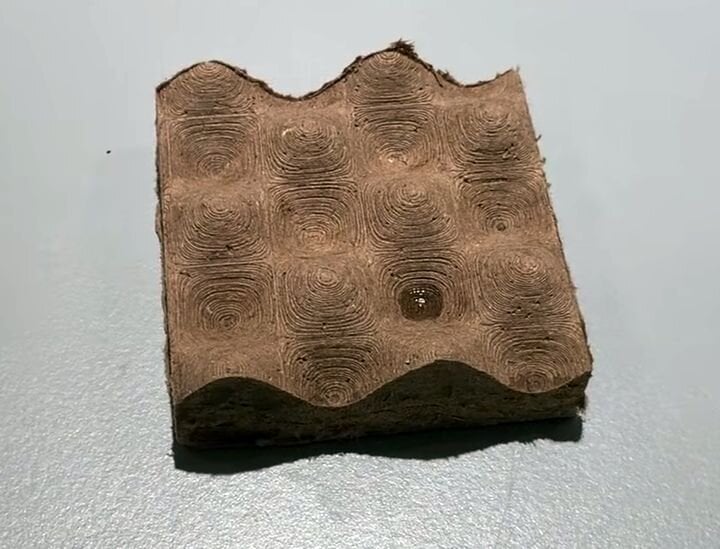![Molding paper objects using 3D printing [Source: Aidan Leitch]](https://fabbaloo.com/wp-content/uploads/2020/05/image-asset_img_5eb0505e82a11.jpg)
It turns out it is quite possible to produce your own paper objects using 3D printing, and it’s not hard to do.
Los Angeles-based Aidan Leitch (a.k.a. XYZAidan) has performed several experiments in this area, and recently published a video of how to create 3D paper objects from scrap paper and 3D printed molds.
3D Printed Molds
Molding is a well-known approach when it comes to 3D printing. We’ve seen wax molds for dentistry or jewelry, sand casting for complex metal objects and ceramics as well. But I’ve never considered the idea of 3D printed molds for “paper casting”.
Leitch’s video takes you through the entire process, which involves first gathering scrap paper. This can be plain white paper, cardboard, packaging, egg cartons and many more commonly found items. Leitch explains that glossy paper should be avoided, however.
Paper Molding Process
![Paper pulp swirling in a blender at just the right consistency [Source: Aidan Leitch]](https://fabbaloo.com/wp-content/uploads/2020/05/image-asset_img_5eb0505ea3c25.jpg)
The material is chopped up, perhaps with a shredder, and then mixed into a swirly pulp. This seems to be the secret to the process: getting just the right mix of water to paper to ensure a proper mix. After draining the water, the pulp is deposited into the mold.
Molding is done by applying force, in Leitch’s case through a strong vise. Leitch explains that the mold should be made quite strongly otherwise the force of the vise could break the mold. In the video, Leitch even applies external clamps to keep his mold from exploding during compression.
3D Printed Paper Mold Tips
I suggest designing the mold with extra perimeters, increased infill and more thickness. And don’t forget to include a draft angle on the sidewalls to ensure you can easily remove the molded paper part after completion.
![Exposing a freshly molded paper objects using 3D printing [Source: Aidan Leitch]](https://fabbaloo.com/wp-content/uploads/2020/05/image-asset_img_5eb0505ec0b92.jpg)
After 24 hours, the mold can be released from the vise and the new paper object exposed. Leitch shows how the molded paper object is actually still quite damp when removed, and it requires more days to completely dry.
What’s interesting is that the paper material will shrink during drying. Leitch says that the amount of drying depends on the nature of the specific fibers used as source material, and the direction of compression. This effect should be accounted for during mold design.
The paper objects produced can be of any 3D moldable shape, which opens up many possibilities. Want to make custom cardboard packages for your next sandwich party? It’s now possible.
Recycling Cardboard With 3D Printing
![Sample molded paper object using 3D printing [Source: Aidan Leitch]](https://fabbaloo.com/wp-content/uploads/2020/05/image-asset_img_5eb0505ee35e7.jpg)
It’s also an eco-friendly approach, because when molding paper objects you are essentially recycling the raw paper material.
Finally, Leitch has provided an extensive description of how to do all this in an Instructable, as well as a Thingiverse page where he’s posted one of his mold designs.
Via YouTube, Instructables and Thingiverse

